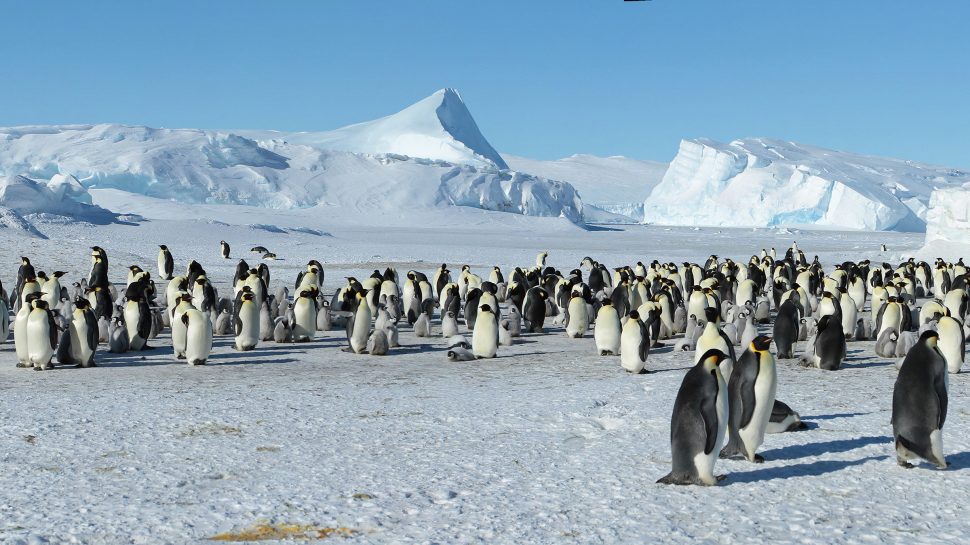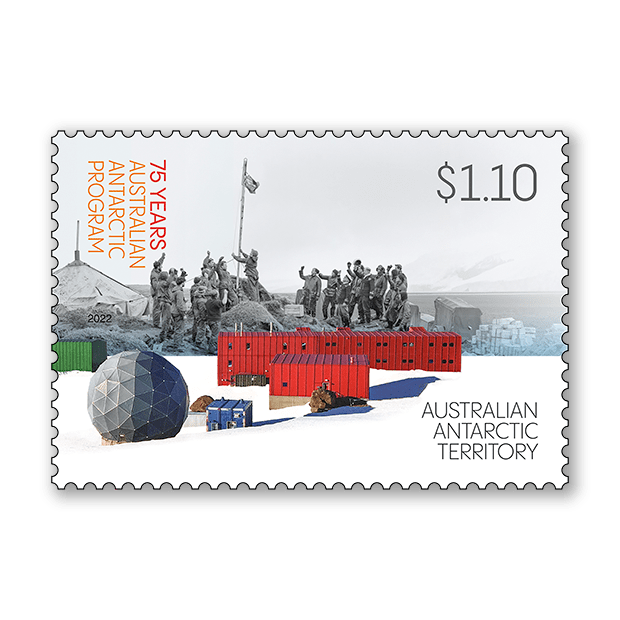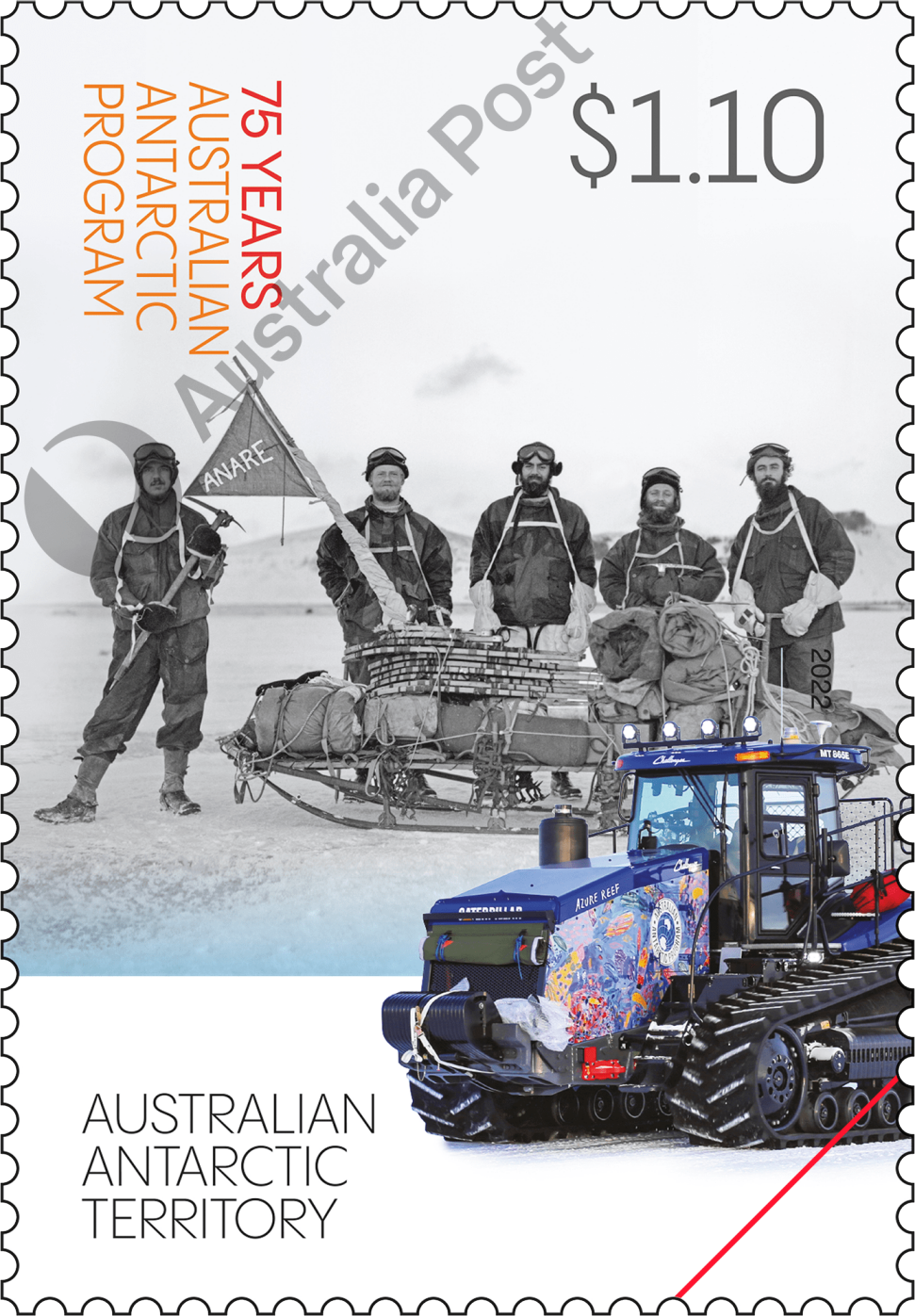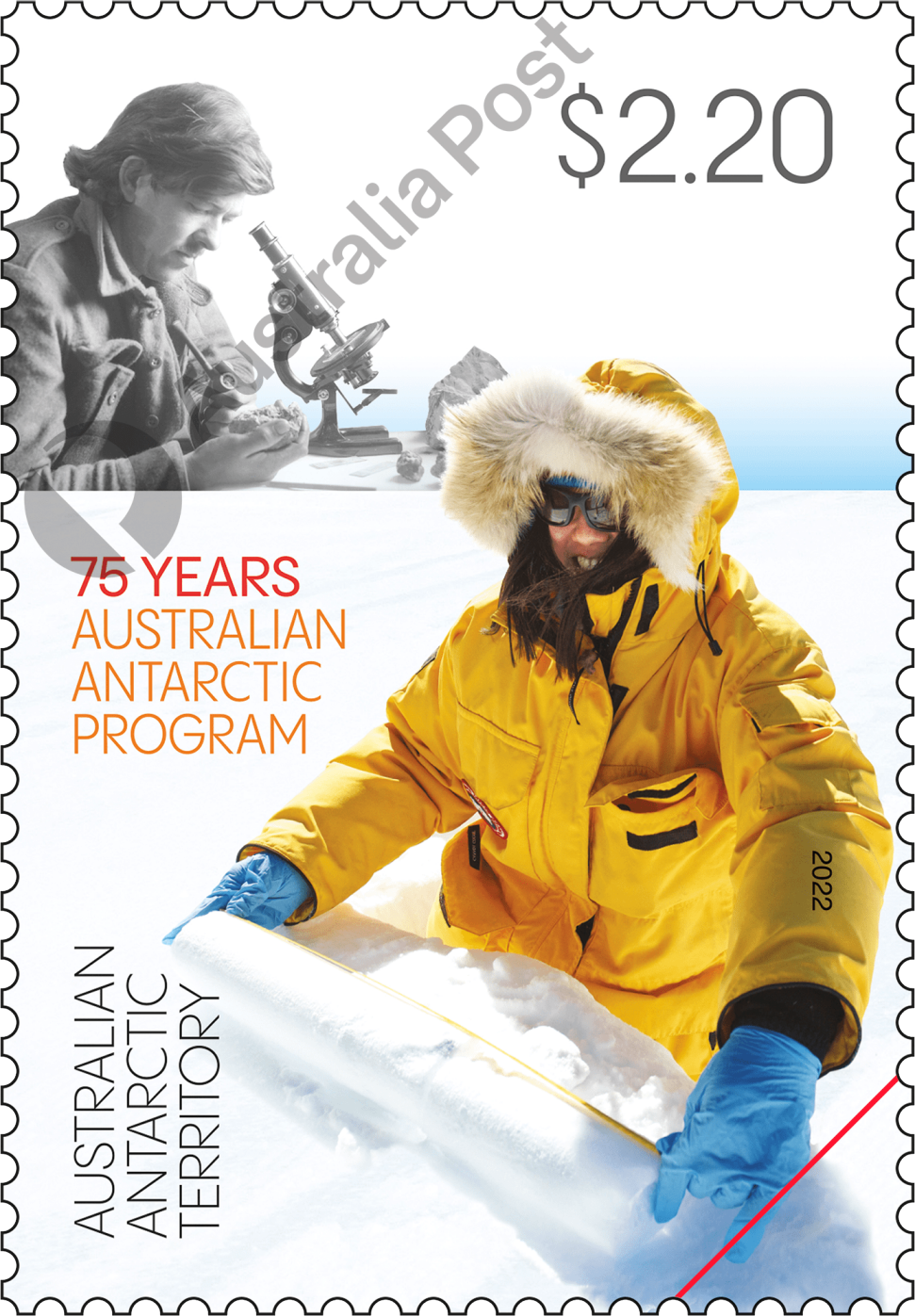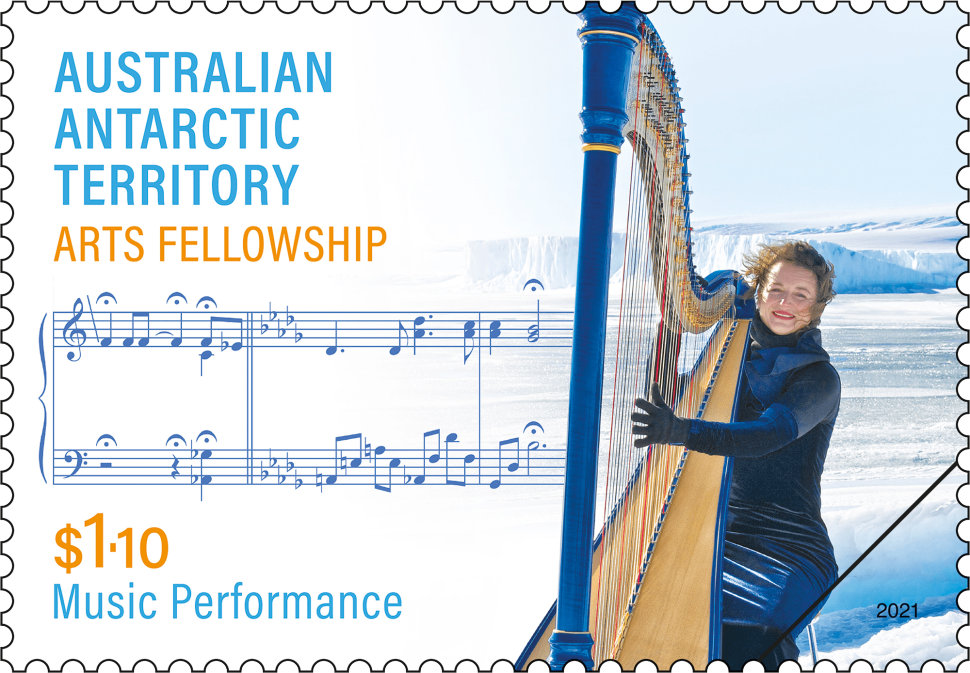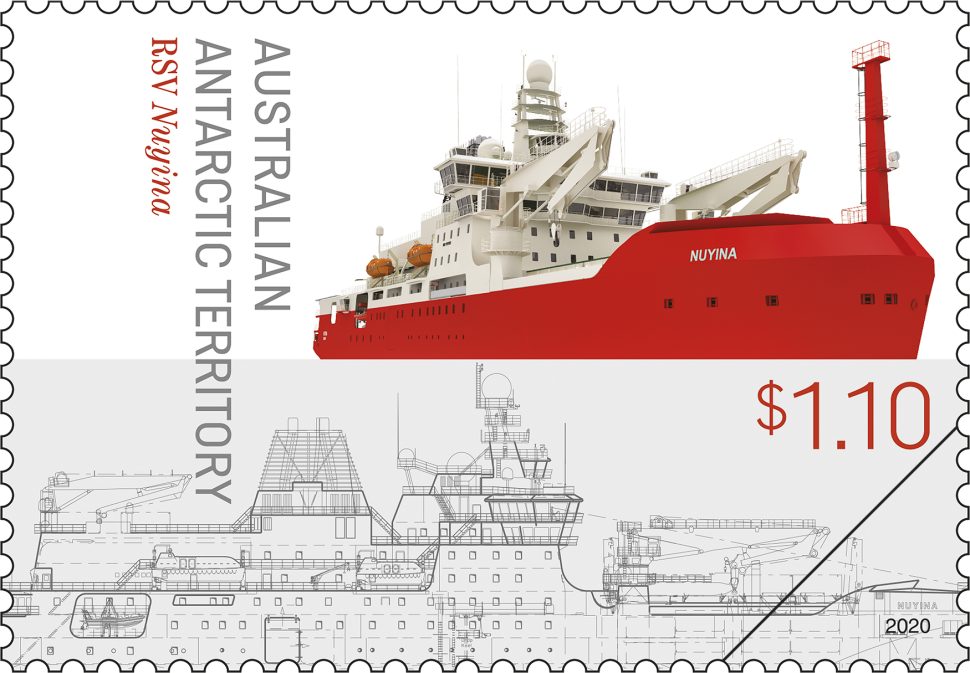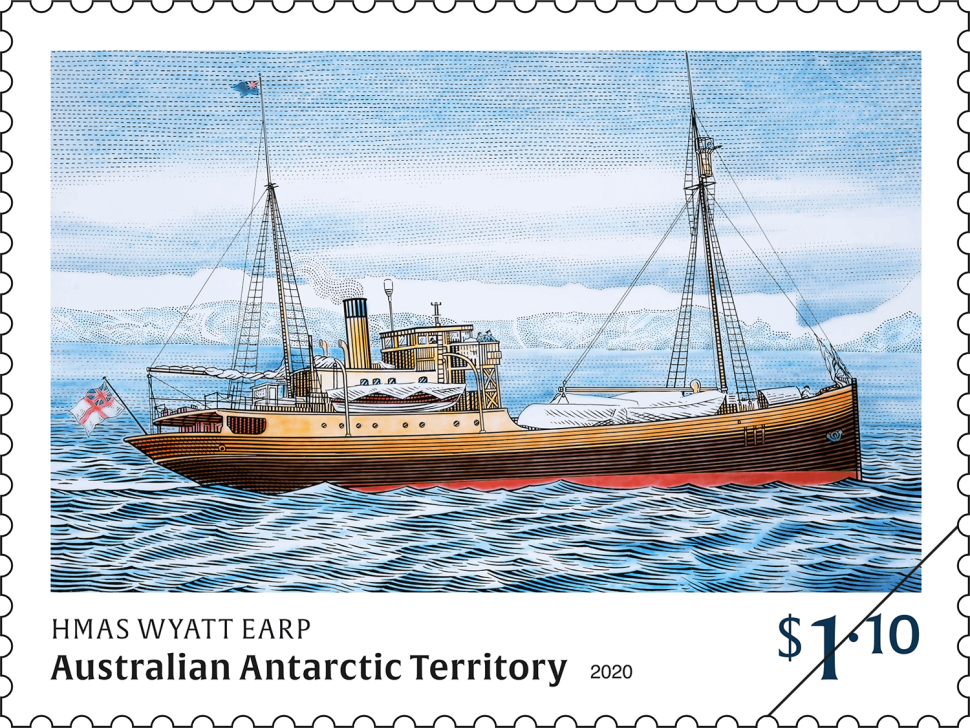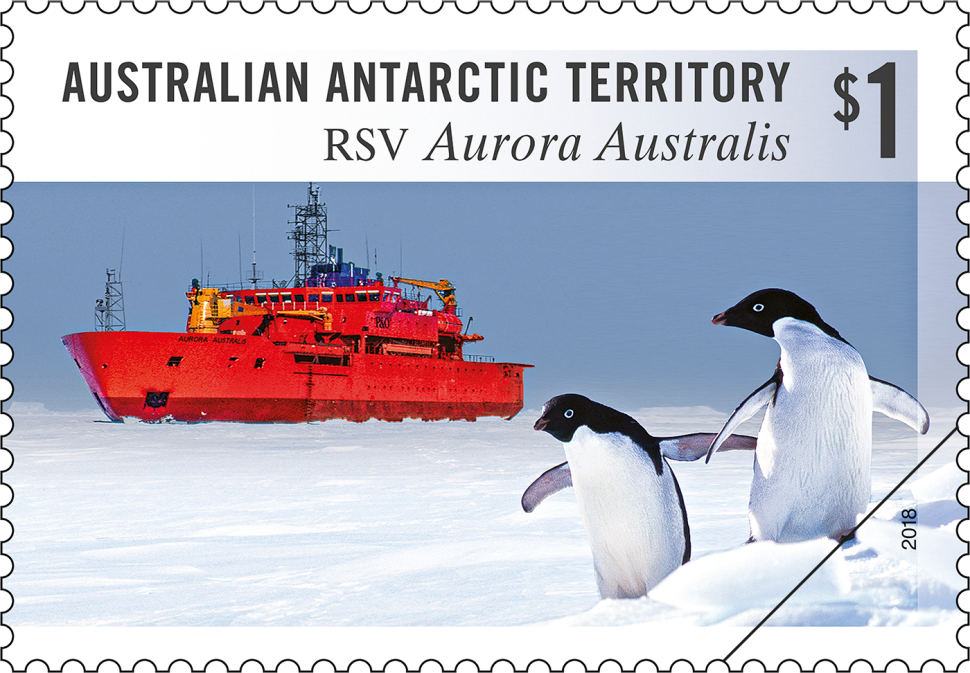Overview
This year, 2022, marks the 75th anniversary of the Australian government’s scientific research program in Antarctica, which began in 1947 with the establishment of the Australian National Antarctic Research Expeditions (ANARE), now known as the Australian Antarctic Program.
ANARE led directly to the formation of the Australian Antarctic Division (AAD) in 1948, which has led and administered all Australian activities in Antarctica ever since, supporting the work of both government and non-governmental science and education organisations.
The AAD’s inaugural director was physicist Dr Phillip Law, who led the science program on the first ANARE voyage, in 1947–48. While that first expedition was not successful in reaching the Antarctic mainland to scope out a site for a permanent research station, it did lead to bases being established at the sub-Antarctic Heard and Macquarie Islands, for data collection and science monitoring and to support future Antarctic expeditions.
There are now three Australian research stations in the AAT that operate throughout the year – Mawson, Davis and Casey. Together with a number of smaller “summer” field camps and bases, they have supported Antarctic exploration and scientific research since the first of these, Mawson, opened in 1954. Today, the AAD’s diverse and comprehensive program is executed across a range of terrestrial, marine and atmospheric sciences. Key research seeks to address environmental challenges, including climate change, the human footprint in Antarctica, conservation of Antarctic and Southern Ocean wildlife, and the sustainability of southern polar fisheries.
Technical specifications
- Issue date
- 9 August 2022
- Issue withdrawal date
- 28 February 2023
- Denomination
- $1.10 x 2, $2.20 x 2
- Stamp design
- Andrew Hogg Design
- Product design
- Andrew Hogg Design
- Paper: gummed
- Tullis Russell 104gsm Red Phos.
- Printer
- RA Printing
- Printing process
- Offset lithography
- Stamp size: Portrait (mm)
- 26 x 37.5
- Stamp size: Landscape (mm)
- 37.5 x 26
- Minisheet size (mm)
- 110 x 90
- Perforations: Portrait
- 14.6 x 13.86
- Perforations: Landscape
- 13.86 x 14.6
- Sheet layout
- Module of 50
- FDI Postmark
- Kingston TAS 7050
- FDI withdrawal date
- 6 September 2022
$1.10 A base for science
The first ANARE voyage coincided with Britain’s handover of Heard Island to Australia in 1947. The stamp presents a photograph by David Eastman, which depicts the raising of the Australian flag at Atlas Cove, where the first sub-Antarctic station was established. Seven years later, in 1954, Mawson station became Australia’s first research station in the AAT, and the Heard Island station was closed. The colour photograph, by Rob King (courtesy AAD), in the stamp shows Mawson station in recent years.
$1.10 Field expeditions
Field expeditions are essential to Antarctic research, and effective transport in the hostile environment is crucial and ever developing. This stamp shows an early expedition in which sled and snow-shoe technology support an ultimately unsuccessful attempt to ascend the volcanic Big Ben, on Heard Island, during the first year of the ANARE program. It is paired with the latest modern transport vehicle, one of five tractors painted with a distinctive design by Australian artist Ken Done. The tractor will be used in to traverse inland on the continent in a quest to obtain an ice core dating back a million years. The stamp photographs are courtesy AAD (1948, photographer unknown) and Christopher Burns (2020).
$2.20 Aviation support
Since the inception of ANARE, exploration and research in the AAT has been supported by fixed-wing aircraft. The stamp presents a photograph by Phillip Law, which shows an Auster Mark 6 that was built from two Austers damaged during their transportation to Mawson station on the ship Kista Dan in 1954. Access to the continent was transformed in 2008 with the establishment of an air link from Hobart to Wilkins Aerodrome near Casey. During the summer months, Airbus A319s have been the primary means to transport passengers and light cargo. Since 2015, these flights have been supplemented by the RAAF C-17A Globemaster III, shown in the second photo, which is capable of bringing in heavy equipment and undertaking airdrops year-round. The second photo is by Glenn Jacobson (courtesy AAD).
Shop our stamp collectables
Set of stamps:
Set of Australian Antarctic Program: 75 Years Gummed Stamps
This set of stamps contains all four stamps from the Australian Antarctic Program: 75 Years stamp issue.

Stamp pack:
Australian Antarctic Program: 75 Years Stamp Pack
The Australian Antarctic Program: 75 Years minisheet consists of the four stamps from the issue incorporated into a miniature stamp sheet.

Minisheet:
Australian Antarctic Program: 75 Years Minisheet
The Australian Antarctic Program: 75 Years minisheet consists of the four stamps from the issue incorporated into a miniature stamp sheet.

Maxicard set:
Set of Australian Antarctic Program: 75 Years Maxicards
This maxicard set contains the four maxicards from the Australian Antarctic Program: 75 Years stamp issue.

- Set of stamps
- Stamp pack
- Minisheet
- Maxicard set
Additional collectables:
- Gutter Strip of 10x $1.10 A Base For Science Stamps
- Gutter Strip of 10x $1.10 Field Expeditions Stamps
- Gutter Strip of 10x $2.20 Polar Science Stamps
- Gutter Strip of 10x $2.20 Aviation Support Stamps
- Pictorial Envelope for the Australian Antarctic Program: 75 Years Stamp Issue
- Australian Antarctic Program: 75 Years First Day Cover (Gummed Stamps)
- Australian Antarctic Program: 75 Years First Day Cover (Minisheet)
This content was produced at the time of the stamp issue release date and will not be updated.
